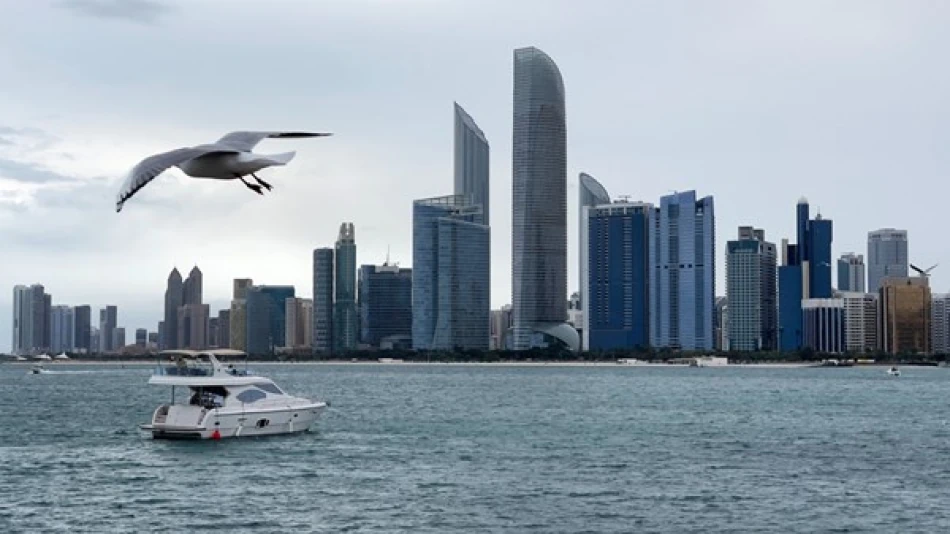
Sunny to Partly Cloudy Skies Forecast for Tomorrow, According to Meteorological Authority
UAE Braces for Hot Weather and Dust-Stirring Winds as Summer Intensifies
The UAE's National Center of Meteorology forecasts partly cloudy to occasionally overcast conditions across the country tomorrow, with temperatures soaring above 40°C in several emirates. Strong daytime winds reaching up to 40 km/h are expected to kick up dust, creating challenging conditions for residents and potentially impacting outdoor activities and air quality.
Weather Patterns Signal Peak Summer Conditions
According to the meteorological center's daily bulletin, winds will range from light to moderate speeds, intensifying during daylight hours. The prevailing southwestern to northwestern wind patterns, typical of the region's summer months, will maintain speeds between 10-25 km/h before potentially doubling to 40 km/h during peak afternoon hours.
Sea conditions remain relatively calm, with light to moderate waves expected in the Arabian Gulf and light conditions in the Sea of Oman, providing some relief for maritime activities despite the terrestrial weather challenges.
Temperature Extremes Across the Emirates
Inland Areas Face the Heat
The oasis city of Liwa is set to experience the highest temperatures, with mercury climbing to 43°C, while maintaining humidity levels between 20-65%. Al Ain follows closely at 41°C, though its lower humidity range of 25-50% may provide marginally more comfortable conditions.
Coastal Cities Battle High Humidity
Dubai and the northern emirates face a different challenge, with temperatures around 37-40°C combined with significantly higher humidity levels. Dubai's humidity could reach 85%, creating oppressive conditions despite relatively lower maximum temperatures of 39°C. This combination of heat and moisture typically makes coastal areas feel considerably hotter than their inland counterparts.
Regional Climate Context
These weather patterns align with the UAE's typical summer climate, characterized by intense heat, high humidity along the coast, and periodic dust storms. The country's position between the Arabian Desert and the Arabian Gulf creates these contrasting microclimates, where coastal areas experience tropical-like humidity while inland regions face desert extremes.
The forecasted conditions reflect the broader climatic trends affecting the Gulf region, where rising temperatures and changing wind patterns have become increasingly common during summer months. Such weather events often prompt authorities to issue health advisories and encourage residents to limit outdoor exposure during peak hours.
Implications for Daily Life and Infrastructure
The combination of high temperatures, dust-laden winds, and elevated humidity levels will likely strain the country's electrical grid as air conditioning demand peaks. Previous similar weather events have led to increased energy consumption and occasional stress on power distribution systems.
For residents and visitors, these conditions necessitate careful planning of outdoor activities, increased hydration, and awareness of air quality levels, particularly for individuals with respiratory sensitivities. The dust-stirring winds may also impact visibility for drivers and could affect flight operations at the country's major airports.
 Layla Al Mansoori
Layla Al Mansoori







